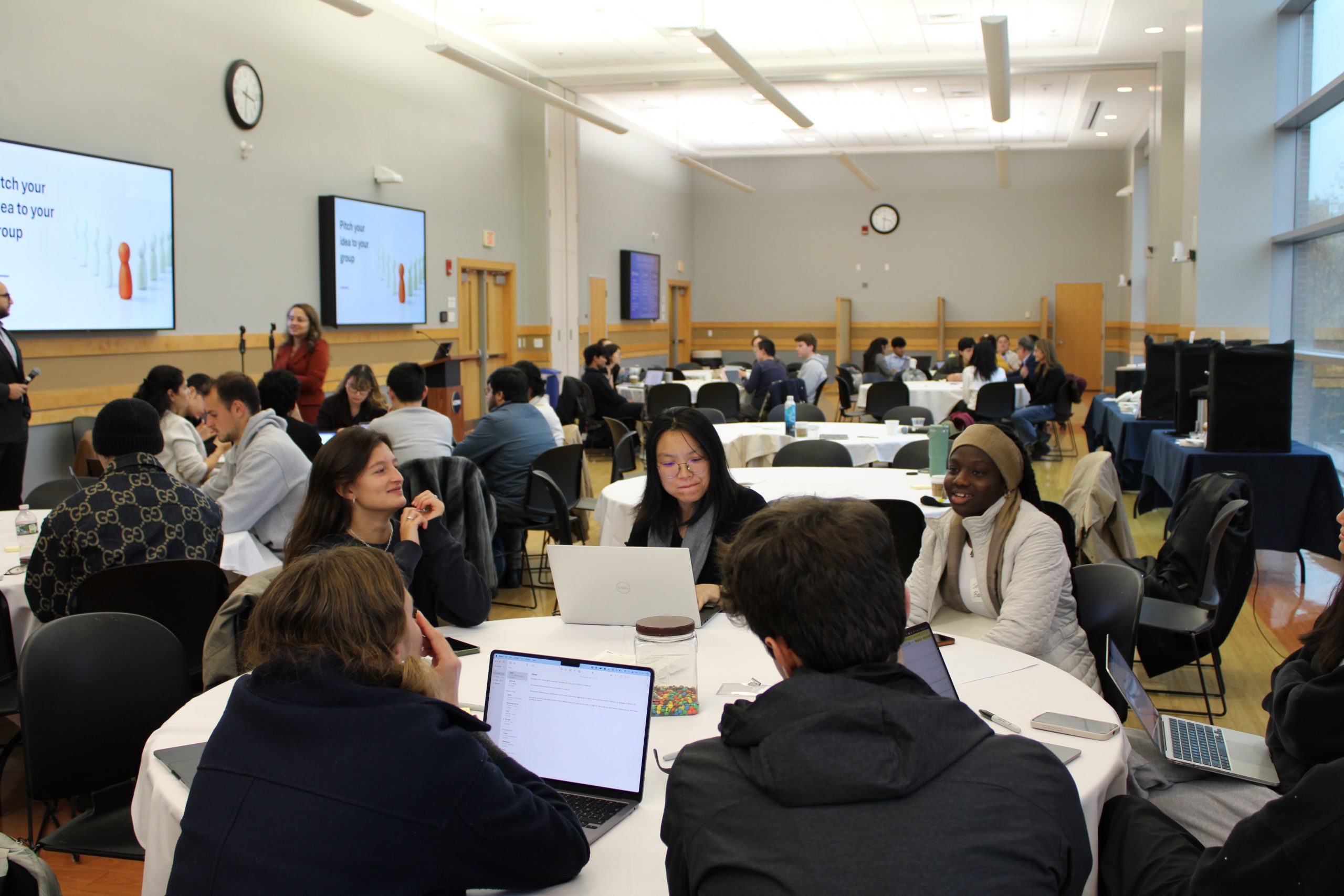The fragmentation of tropical forests weakens the effects of the “natural enemies” of some tree species, reducing their ability to maintain biodiversity, a new study published in Nature Communications found.
When humans cut contiguous tropical forests into smaller fragments, ecologists say, forests along the edges of those fragments tend to experience a number of changes (e.g., higher temperatures, lower humidity), collectively known as “edge effects.” One such edge effect is a decline in tree species diversity. What causes this effect, however, has never been fully understood.
The study by an international team of researchers from the University of Connecticut, Yale University, the National Center for Biological Science in Bangalore, India, and the Smithsonian Tropical Research Institute, finds that the answer may lie in the complex and cryptic relationship between trees and their so-called “natural enemies.”
The team demonstrates that fragmentation weakens the impact of some fungal pathogens and insect herbivores – specifically those specialized enemies that help maintain diversity in a tropical system – enabling some tree species to thrive near the forest edges in ways that they could not deeper in the forest.
“Despite the large body of work on edge effects in fragmented forests, barely any studies had actually shown the mechanisms that decrease tree diversity near fragment edges,” said Meghna Krishnadas, a Ph.D. candidate at the Yale School of Forestry & Environmental Studies and lead author of the paper.
“Also, few studies in fragmented forests linked to the theoretical and empirical work on plant community dynamics in intact forests,” says Krishnadas, “In effect, I was hoping to understand fragmented forests using the mechanisms of diversity seen in intact forests.”
Robert Bagchi, assistant professor of ecology and evolutionary biology at UConn, says the team was interested in looking at how natural enemies, including insects and pathogens, maintain plant diversity in tropical forests by preventing any individual species from taking over the community.
Most previous research on edge effects had focused on abiotic factors, such as changes in light, humidity, or seed arrival patterns in newly formed “edges” where adjacent forest has been cleared for agriculture, roads, or other modifications. Fewer studies have examined the role of natural enemies that are known to promote biodiversity by keeping any one species from becoming too abundant.
“It’s a phenomenon that’s well known but has been studied mostly in intact forests,” says Liza Comita, assistant professor of tropical forestry at Yale. “But the question was, does being close to edges in these forest fragments affect these kinds of interactions? We thought it might, because at the edges you have changes in the composition of trees species. You also have changes in environmental conditions; for example, lower humidity might decrease pathogen abundance.”
They expected that a weaker regulation of species recruitment by natural enemies would reduce seedling diversity near the edges of fragmented, human-modified forests.
Bagchi says, “Within a forest environment, there is competition for resources as well as enemy-free space, because you have to be free of what eats you to survive. One way that is achieved is by being rare. Rare species get an advantage by being eaten less, and that prevents them from being pushed out of the forest by competing common species. We think that in forest fragments, that process starts to break down.”
To test the theory, the researchers conducted a series of field experiments across a 3,500-hectare area of fragmented wet, tropical forest in Western Ghats, India, a biodiversity hotspot that is now home to expansive agriculture, in this case tea plantations.
They established 150 sampling stations at designated distances between 0 and 100 m from the forest edge.
“It’s likely that a lot of forests around the world are going to be potentially impacted by these edge effects, which include a loss of diversifying ecological interactions,” says Comita.
While they found that the diversity of seed “rain” was consistent across the landscape, the diversity of seedlings that actually took hold was far greater in the forest interior, farthest from the edge.
Later, when insecticides and fungicides were used to suppress tree species’ natural enemies in the interior, biodiversity declined there, too, suggesting that it was indeed interactions with those fungal pathogens and insect herbivores that drove diversity levels. In contrast, when pesticides were added to areas closer to the edge, seedling diversity didn’t change, indicating that the natural enemies were not important in maintaining diversity near edges.
The implications are significant, says Comita. A recent study of the global extent of fragmentation found that about 20 percent of the remaining forests lies within 100 meters of an edge.
“So it’s likely that a lot of forests around the world are going to be potentially impacted by these edge effects, which include a loss of diversifying ecological interactions,” she says.
Bagchi says future studies will focus on understanding the details of the interactions. “We think there are many biotic and abiotic factors at play. We are trying to get at this problem from many different angles.”



